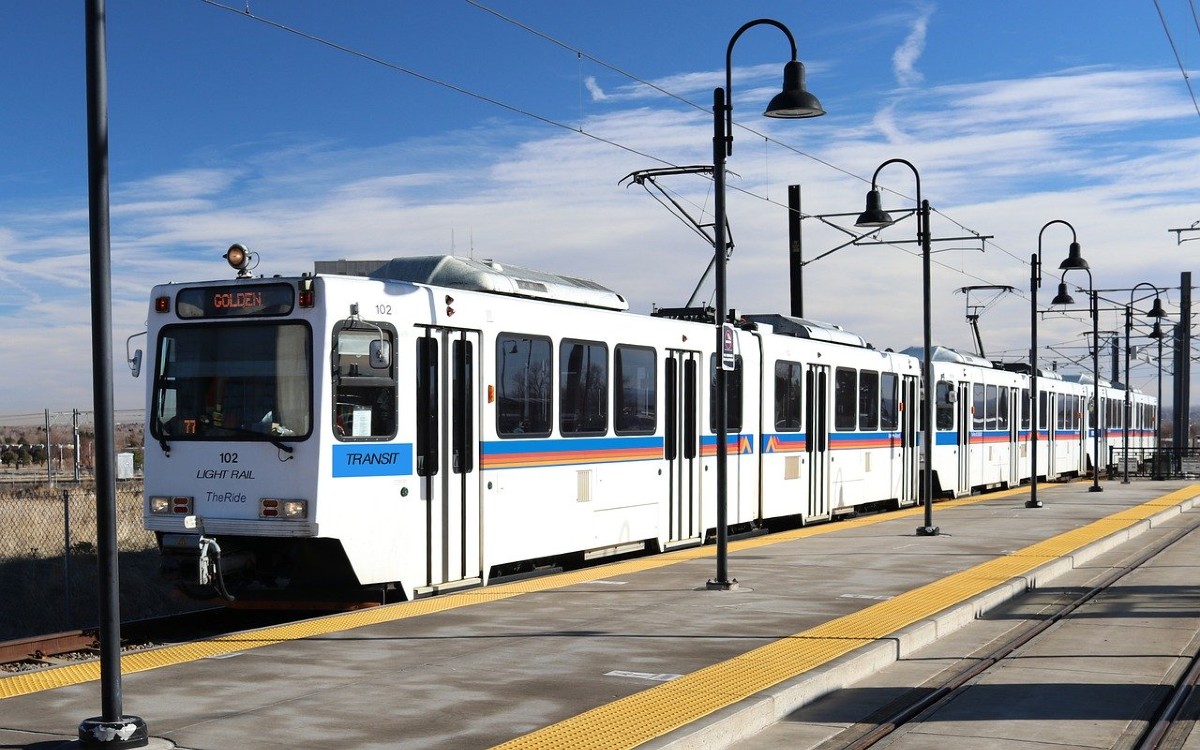By Elliott Brack
Editor and Publisher, GwinnettForum
JUNE 23, 2020 | Watch out, Gwinnett. You don’t need to delay mass transit.
 While so far Gwinnett County has dilly-dallied on mass transportation, the rest of the world’s large cities are embracing mass transit.
While so far Gwinnett County has dilly-dallied on mass transportation, the rest of the world’s large cities are embracing mass transit.
However, now there appears to be a more hopeful attempt for Gwinnett to address mass transit, perhaps in the General Election in November.
The county has kept open its options by sending a notice of intent to the mass transit agency, ATL, to call for a referendum in November. Now the task is to decide what components of a mass traffic project will be presented to voters.
We tend to agree with County Commissioner Ben Ku….who feels that Gwinnett needs to approve going to work on mass transit now, since it’ll only cost more money in the future.
So there’s renewed hope. The big question that the people of Gwinnett want to know is exactly how the county proposes to put the issue to the voters. The proposal must be sound monetarily, while also comprised of proposals that make sense strategically for the county. That may even include entire new ways of thinking, something that Gwinnett voters have not seen before.
We’ll throw out a proposal to see if it flies: Gwinnett should develop two mass transit hard-rail lines in Gwinnett, while thinking of the future. One route would connect with the Doraville MARTA station, have a station at the former Western Electric site, then follow the power line right-of-ways to the Gwinnett Arena. Years from now, that route could continue to Buford, and possibly Gainesville.
The second line would leave the Indian Creek MARTA station, head for Snellville, then end in Lawrenceville. Years from now, we can see this route connecting to Winder and Athens, as these two areas become part of the wider Metro Atlanta area.
Possible? It’s up to the commissioners to make sure some proposal is presented, and for the voters to approve it. Progress: sure, it’s a long shot.
However, if Gwinnett does nothing, it will merely fall aside from competing with other areas of the world for intelligent expansion of transit.
The oldest mass transit system is in London, built while we were fighting the Civil War, in 1863. Finally, near the turn of the 20th Century, other cities started building transit systems, often underground, simply to facilitate the movement of people.
Budapest and Glasgow systems date from 1896. Other early systems include:
- Chicago (the El), 1897
- Paris, 1900;
- Boston, 1901;
- Berlin, 1902;
- New York, 1904;
- Athens, 1904;
- Philadelphia, 1907;
- Hamburg, 1912;
- Buenos Aires, 1913;
- Madrid, 1919;
- Barcelona, 1924;
- Tokyo, 1927;
- Osaka, 1933;
- Moscow, 1935;
- Stockholm, 1950
- Toronto, 1954;
- Rome, 1955.
Why does Gwinnett need to catch up on mass transit? There are already 179 cities in the world with mass transit systems. Atlanta dates from 1979. In addition, there are 32 worldwide cities where mass transit systems are now under construction.
But get this: Of the 179 cities with mass transit systems, 41 of these are in China alone. And China has seven cities where systems are under construction. Added together, 48 of the world’s 211 transit systems (23 percent), are in China! India has 13 transit systems, and seven more cities building systems now.
Yet even third level cities have their own systems for moving people around. This would include Algiers, Minsk, Sofia, Tbilisi, Pyongyang (yes North Korea), Monterrey, Oslo, Panama City, Lima, Lausanne, Izmir, Kiev, and Caracas, among others.
It’s time for Gwinnett to make a decision.
Source: Wikipedia.
- Have a comment? Send to: elliott@brack.net










Follow Us